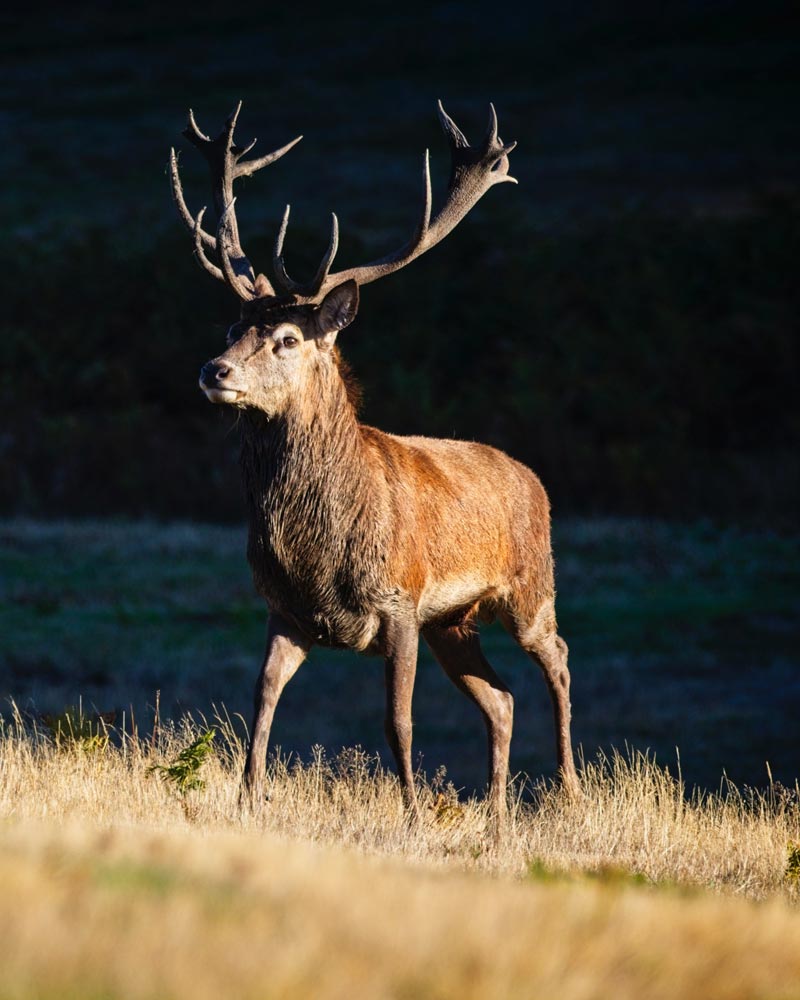As Texas Was Granted Statehood
The very first non-native species to be introduced into Texas came in 1854 when Secretary of War, Jefferson David petitioned Congress for $30,000.00 to purchase the camels. The influx of exotic game animals has helped create new hunting opportunities for Texans looking for a unique outdoor experience.
Axis deer were first introduced to Texas in 1932 when a small herd of the species was released by the YO Ranch. Since then, the population of Axis deer has grown exponentially, with many herds now inhabiting parts of Central and South Texas. This exotic animal species is an incredibly successful inhabitant of the Lone Star State due to its adaptability to a variety of environments and its ability to outcompete native species for resources. Today, Axis deer are some of the most sought-after game animals in Texas and many hunting ranches have taken advantage of their reinvigorated presence in recent years.
Texas is home to a rich variety of exotic game species that provide outstanding hunting opportunities for those looking to experience something truly unique. This includes exotics like Axis deer, Mouflon sheep, and African antelope such as Eland, Gemsbok, and Sable Antelopes. Other popular game animals in the Lone Star State include blackbuck antelope, fallow deer and even elk, which were also introduced to the area by the YO Ranch many decades ago. These species offer challenging hunts for experienced hunters looking for an unforgettable outdoor experience.
Growing Interest & Numbers
Texas ranches are experiencing a surge of interest in exotic game animals, as they can bring considerable value both economically and ecologically. Exotic species attract hunters from around the world, allowing ranchers to generate income through hunting leases, and through the capture and sale of exotic animal species. Additionally, many species of exotics are better suited for Texas' climate than some native animals, requiring less water and helping to minimize competition with local wildlife.
The number of exotic species in Texas has increased from 13 in 1963 to 71 in 1994. Approximately 68% of all confined exotics were found in the Edwards Plateau (Texas Hill Country) region. Exotic game animals provide unique opportunities and benefits to both ranchers and wildlife alike.
According to Charlie Seale, executive director of the Kerrville-based Exotic Wildlife Association (EWA), 5,000 Texas ranches now contain at least one exotic animal species. Some of these are small operations; others are huge, like South Texas’ King Ranch, which is the state’s largest at 825,000 acres. Together, they host a population of more than 2 million “Texotics” representing 135 species. The result is a roughly $1.3 billion industry that generates more than 14,300 jobs annually.






